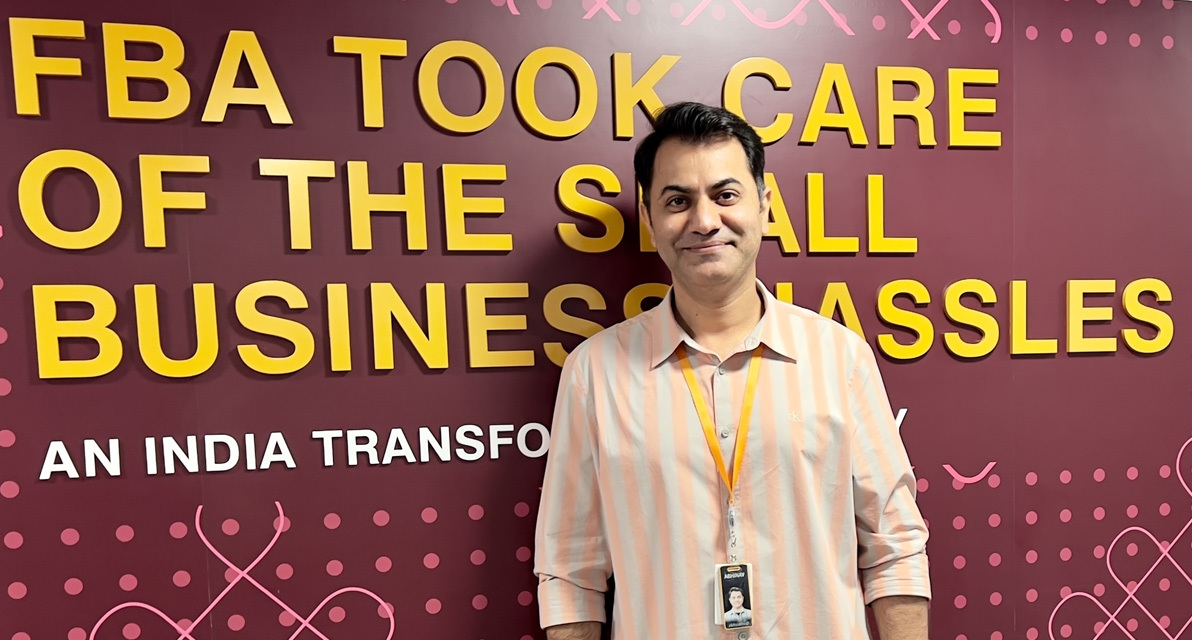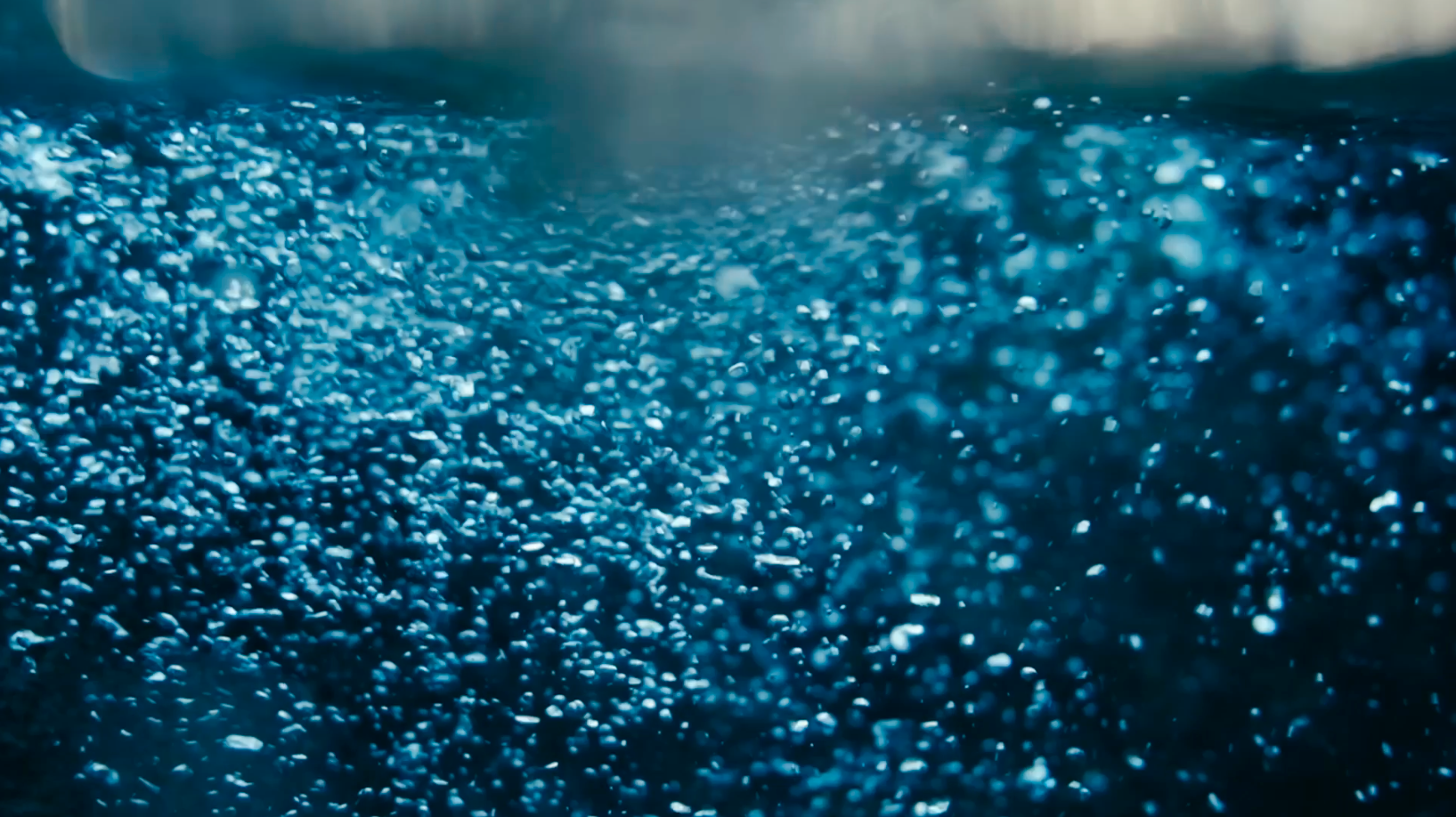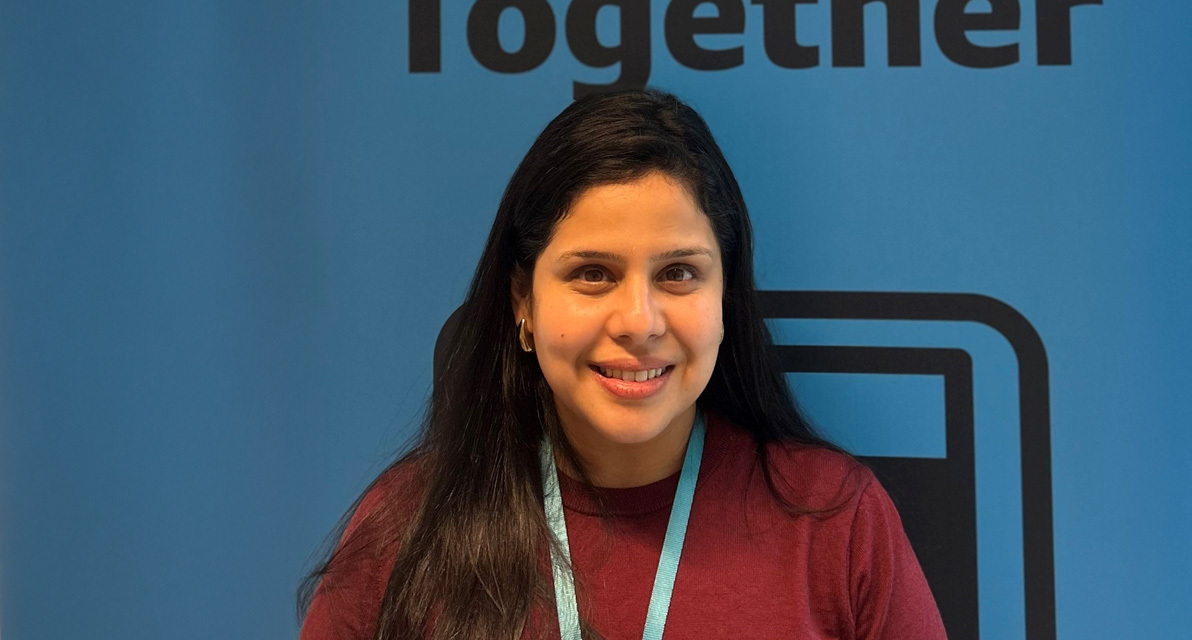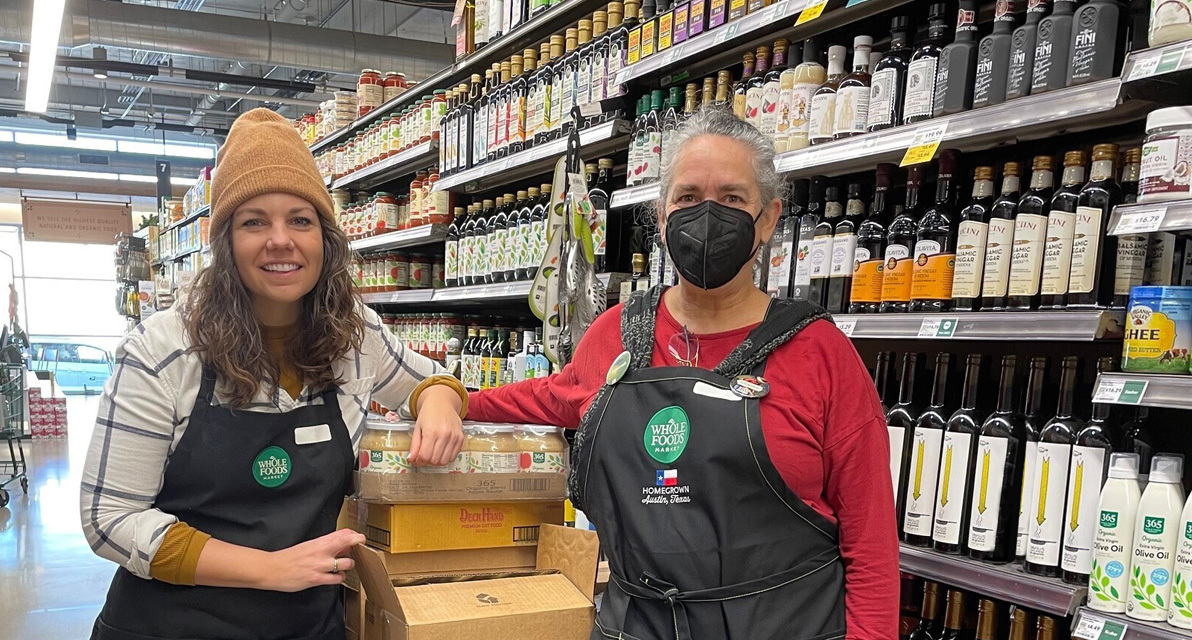Amazonians are innovating to limit water use in our operations—and investing in the community.
Roughly half of the world’s population suffers from severe water scarcity, with more than 2 billion people lacking access to safe drinking water. But Amazon employees are leading water conservation and replenishment work everywhere from India to London to your local Whole Foods.




